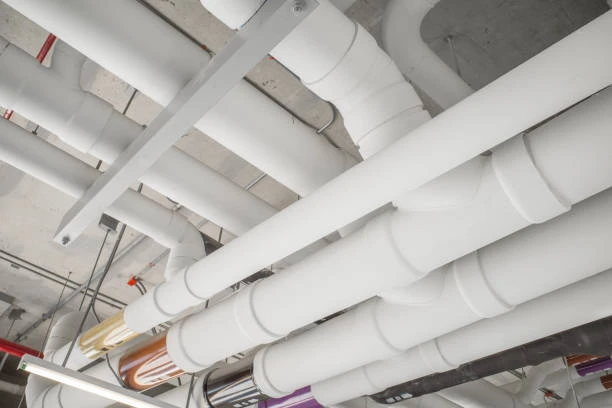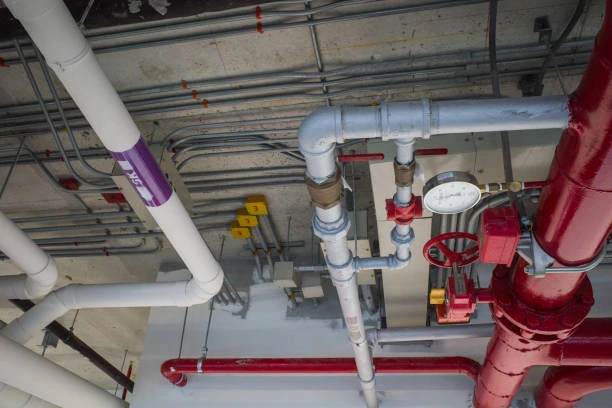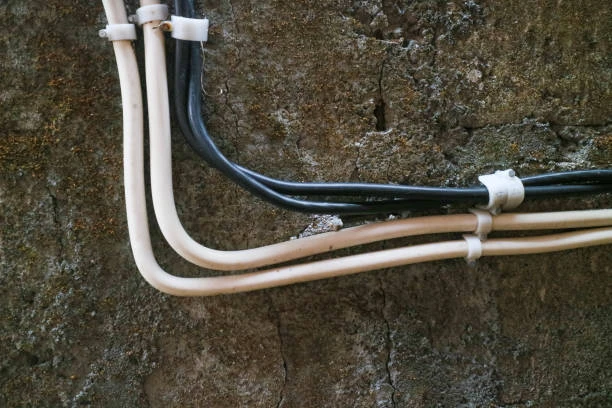Sanitary Application of Copper Ball Valves in Food Industry
Copper ball valves, including exhaust valve variants, are vital for sanitary applications in the food industry, offering reliable flow control, corrosion resistance, and hygiene compliance. These valves ensure safe handling of food-grade fluids, maintaining cleanliness and preventing contamination in processing systems. In this article, we explore the benefits of copper ball valves, their uses in food production, and how to select the best exhaust valve for your needs. We also provide a comparison with plastic valves, installation tips, and details about IFAN’s high-quality products that meet international standards.
Frequently Asked Questions About Copper Ball Valves
1. What is a copper ball valve?
A copper ball valve is a shut-off valve with a perforated ball that rotates to control the flow of liquids or gases in a pipeline.
2. Why are exhaust valves made of copper used in the food industry?
Copper exhaust valves resist corrosion, ensure hygiene, and provide precise control, meeting strict food safety standards.
3. Are all copper ball valves suitable for food-grade applications?
Not all are food-grade; choose valves certified for sanitary use and compatible with food processing fluids.
4. How do I pick a high-quality exhaust valve?
Select pure copper valves with certifications like NSF/ANSI 14 and manufactured by trusted brands like IFAN.
5. Are copper valves better than plastic valves in food processing?
Yes, copper valves offer superior hygiene and durability, while plastic valves may degrade or harbor bacteria.
Definition and Features of Copper Ball Valves
Copper ball valves feature a hollow, perforated ball within a copper body that regulates fluid or gas flow. A quarter-turn of the handle opens or closes the valve, providing quick and precise control. Copper’s natural properties, including corrosion resistance and antimicrobial characteristics, make these valves ideal for sanitary applications in the food industry. They withstand frequent cleaning cycles and maintain integrity under varying temperatures and pressures.
Exhaust valve models within the copper ball valve family are designed to release excess pressure or gases, ensuring safe operation in food processing systems. Their smooth internal surfaces prevent residue buildup, reducing the risk of contamination. Copper’s ability to inhibit bacterial growth further enhances its suitability for handling food-grade fluids, making these valves a top choice for maintaining hygiene in food production environments.
Common Uses and Industries for Copper Ball Valves
Copper ball valves, including exhaust valve variants, are widely used in the food industry due to their sanitary properties and reliability. Common applications include:
Beverage Production: Control water, syrups, or carbonated fluids in soft drink or beer manufacturing.
Dairy Processing: Manage milk, cream, or yogurt flow in pasteurization and packaging systems.
Food Manufacturing: Regulate sauces, oils, or liquid ingredients in production lines for packaged goods.
Cleaning Systems: Handle sanitizing solutions in clean-in-place (CIP) systems to maintain hygiene.
Bakery Operations: Control steam or water flow in ovens and mixing equipment for consistent results.
Exhaust valves play a key role in venting excess pressure or gases during processing, ensuring equipment safety and product quality. Their corrosion resistance and compliance with food safety standards make them indispensable in food and beverage production.
Guide to Selecting Copper Ball Valves
Choosing the right copper ball valve, especially an exhaust valve, ensures sanitary performance in food industry applications. Consider these factors when selecting:
Material Quality: Opt for valves made from high-purity copper to ensure corrosion resistance and hygiene.
Finish and Appearance: A polished copper finish indicates high manufacturing standards and easy cleaning.
Certifications: Select valves that comply with standards like NSF/ANSI 14 or ISO 15874 for food-grade assurance.
Sanitary Design: Ensure the valve has smooth surfaces and minimal crevices to prevent bacterial growth.
Brand Reputation: Trust manufacturers like IFAN, known for reliable and cost-effective sanitary valves.
Consult a food safety expert to match the valve’s specifications with your processing requirements, ensuring compliance with hygiene regulations.
Installation Tips for Copper Ball Valves
Proper installation of copper ball valves, including exhaust valve models, ensures sanitary operation and prevents contamination in food processing systems. Follow these tips for a successful setup:
Verify Compatibility: Confirm the valve suits the pipe material (copper, stainless steel, or PEX) and food-grade fluid specifications.
Clean Pipes: Sanitize pipes before installation to remove debris or contaminants that could compromise hygiene.
Use Food-Grade Sealants: Apply food-safe thread sealant or Teflon tape to threaded connections for a secure, leak-proof seal.
Align Correctly: Install the valve in the correct orientation, following the manufacturer’s flow direction indicators.
Test for Hygiene: After installation, run a cleaning cycle and inspect for leaks or residue to ensure sanitary performance.
Avoid over-tightening the valve during installation to prevent damage to the threads or body, especially in systems requiring frequent cleaning. Always follow food safety regulations and industry standards.
Comparison: Copper Valves vs. Plastic Valves
Feature | Copper Valves | Plastic Valves |
|---|---|---|
Durability | High, lasts decades | Moderate, may degrade |
Corrosion Resistance | Excellent against sanitizers | Limited, prone to wear |
Hygiene | Antimicrobial, easy to clean | May harbor bacteria |
Temperature Tolerance | Withstands high temperatures | Limited to low temperatures |
Cost | Higher initial cost | Lower initial cost |
Applications | Food processing, sanitary | Non-food, irrigation |
Copper valves, particularly exhaust valve models, outperform plastic valves in food industry applications due to their superior hygiene, durability, and compliance with sanitary standards.
Conclusion
Copper ball valves, including exhaust valve variants, provide reliable and sanitary fluid control in the food industry, ensuring hygiene, safety, and efficiency. Their corrosion resistance, antimicrobial properties, and ability to handle food-grade fluids make them ideal for beverage, dairy, and food manufacturing applications. By choosing high-quality valves from trusted manufacturers like IFAN, you ensure compliance with food safety standards and long-term performance. Whether you’re managing a brewery or a dairy plant, copper ball valves deliver the reliability needed for success. Follow the installation tips and select products that meet international standards to optimize your food processing system’s hygiene and efficiency.
Connect with IFAN
IFAN is a Chinese manufacturer of plastic pipes, fittings, and valves with 30 years of experience. If you are interested in IFAN copper fittings, copper valves, plastic pipes, and fittings, please contact us. IFAN offers you a variety of standard pipes to meet your specific needs. Click below to learn more about IFAN’s wide range of affordable and cost-effective valve products and piping system-related products.
We will reply to your email or fax within 24 hours.
You can call us at any time if there is any question about our production.
For more information,pls visit our webside https://waterpipefitting.com/
Pls Mailto: [email protected]
Whatsapp: +86 15088288323
IFAN Products International Standards
IFAN products strictly adhere to a comprehensive range of international standards, encompassing ISO 15874, EN 15874, ASTM F2389, DIN 8077/8078, GB/T 18742, NBR 15884, ISO 15494, EN ISO 15494, GB/T 19472, NBR 15494, ASTM 2846 (501), DIN 8079/8080 (502), ASTM F441/F441M SCH80 (503), DIN (504), DIN (505), GB/T 18993, AS/NZS 1477, CSA B137.6, NSF/ANSI 14, TIS 17-2532/1131-2535, BS 3505, BS 4346 (801), ASTM D1785 SCH40 (802), ASTM D1785 SCH80 (803), DIN (804), GB (805), GB (806), GB(901), DWV(902), ASTM D2665 (903), along with ASTM D2241, D2665, D2729, and F441/F441M series, ISO 1452, EN ISO 1452, DIN 8061/8062, GB/T 10002, AS/NZS 1477, JIS K6741, CSA B137.3, and other national and industry norms.














Recent Comments